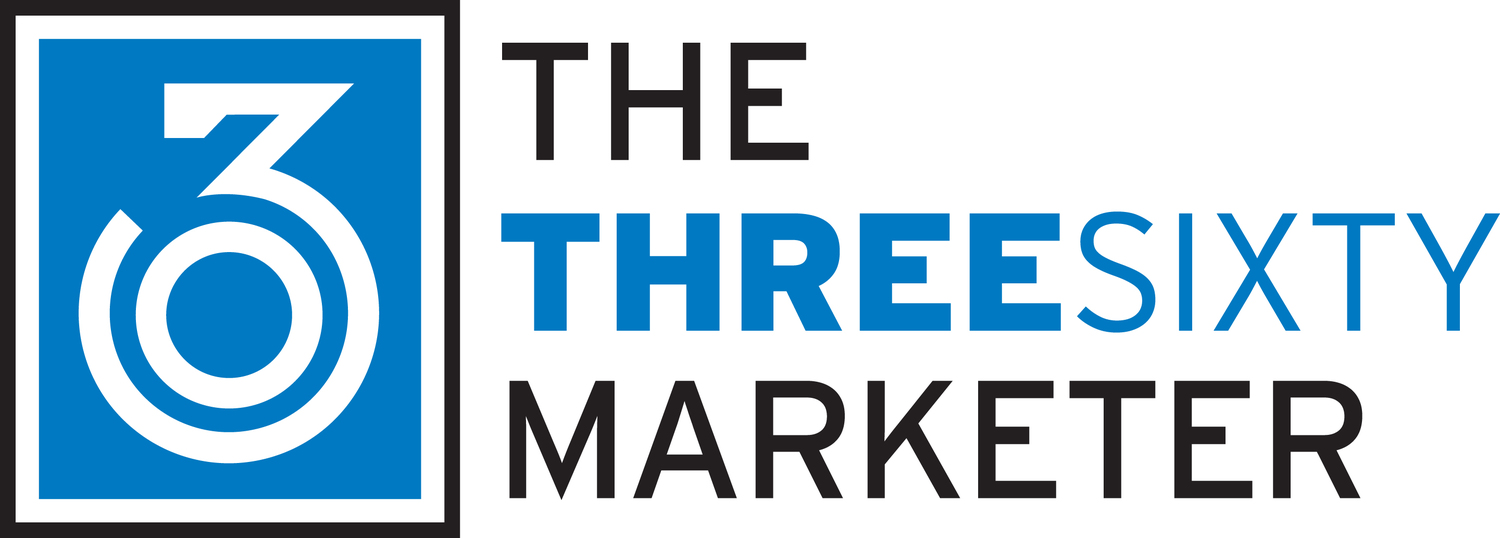From Start-Up to Support Up!
/Start-ups justifiably command a lot of our attention. They are the wellspring of innovations, the source of market disruption and they provide us with a window to what’s possible, what could be ‘next’. Inspiration, dollars, mentorship, physical resources, collaborations, and community all fuel their growth. In Canadian and Southern California markets there are many active ecosystems to support start-ups from sector-based associations, incubators, accelerators, investment groups, colleges and universities, shared workspaces and co-working communities, to city/regional networks and business chambers.
When a start-up busines scales, it is presented with new challenges. Capital, executive mentorship and new collaborations are needed with an understanding that the business leadership and market acumen that founded the company often needs to be complemented with seasoned experience in growing companies, attracting and retaining talent, and charting the growth of the enterprise. The scale-up ecosystem can be less defined in markets in part because each company is at this point on its own trajectory path and focused on their individual sector(s).
International market expansion will at some point enter a business’ horizon. In a market like Canada with a population one-tenth of the United States, the conversation about when to cross the border may come sooner than for U.S.-based companies who may feel less urgency to look beyond the domestic market given its size. Doing business in an international market is a decision that requires much planning as there is a need to first understand the international market, how the target market differs from the home market, how competitive a company’s good or service will be and how to serve the market profitably. Then there is the matter of physically getting goods from point A to point B across the border efficiently and within the cost and timing expectations of customers which is a topic unto itself. For many companies, exporting becomes their first international foray. Yet the number of companies who export in Canada and the United States remains a relatively small percentage. Latest statistics in the U.S. indicate that less than 1% of businesses export.
Growing a business to reach the stage where they can effectively compete in an international market may be considered its own growth stage. Let’s call it ‘Trade-Up’. In the case of a Canadian company, they can benefit from the significantly larger market their American neighbor represents. There is a well-established ecosystem to support exporting from government agencies including the U.S. Commercial Service and the Canadian Trade Commissioner Service, World Trade Centers, ports, freight forwarders, shippers, custom brokers, third party logistics firms (3PLs), and more.
Exporting can validate that a good or service has future potential in the new market advancing the conversation towards whether the company should actually set up an international operation. This could start with hiring international representation to cultivate a customer base to investing in an office, warehousing goods in the new market, or building a manufacturing center. Trade can therefore be a steppingstone to foreign direct investment (FDI) as the company grows. Site selection agencies, cities, chambers, commercial real estate companies and certainly government agencies all play a key role in helping a company gauge the fit for an international expansion or to “Invest-Up”.
While this admittedly grossly simplifies how a business finds itself operating in an international market, it is important to note that there are ecosystems that support each stage with targeted subject matter experts. At MAPLE Business Council®, we speak regularly with companies at all these stages from start-ups to multinationals. Within our community there are subject matter experts to address virtually every aspect of growing your business either domestically or expanding to Southern California or Canada. All through the lens of our specific cross-border focus.
Our role is to help these conversations happen. We do this across Canada and Southern California through networking events, market-focused receptions, delegations to key markets, partnerships with economic development organizations, storytelling and content-sharing. In our first four and a quarter years, we have led 3 Southern California delegations to Canada as part of 9 cross-border trips/receptions to Canada, and hosted over 65 events throughout Southern California and Canada featuring the insights and experiences of our member organizations. We shine the spotlight on Southern California when we are in Canada and on Canada when we are in SoCal.
Complementing our event programming is our content focus. Our members and partners share key insights through articles, interviews and video-based conversations. There is both information for a business at any stage to benefit and learn from their fellow members and content platforms to share their particular area of expertise. Overall, the mechanisms for engaging with our cross-border ecosystem support early stage companies to established enterprises.
And this leads to a special stage of engagement that we see our member organizations embody extremely well. Let’s call it ‘Support-Up’. Our community regularly pays it forward by sharing their insights and connecting with our network. We all benefit from this knowledge sharing. And collectively what we are doing together is effectively celebrating a tremendous economic relationship that exists between Southern California and Canada - as trading partners, mutual investors in each other’s economies, allies and friends. If we were to look at ‘Start-Up’ as the foundation of the economic development equivalent of Maslow’s Hierarchy of Needs, this ‘Support Up’ stage would be the tip end of the pyramid where corporate citizenship to a region and a country, are in evidence. ‘Economic self-actualization’ dare we say?
MAPLE Business Council is privileged to bring businesses together from “Start-Up” to “Support-Up” through our focus on the special relationship that Canada and Southern California enjoy. It is a testament to the expertise that our members and partners bring. We invite you to get to know us.






